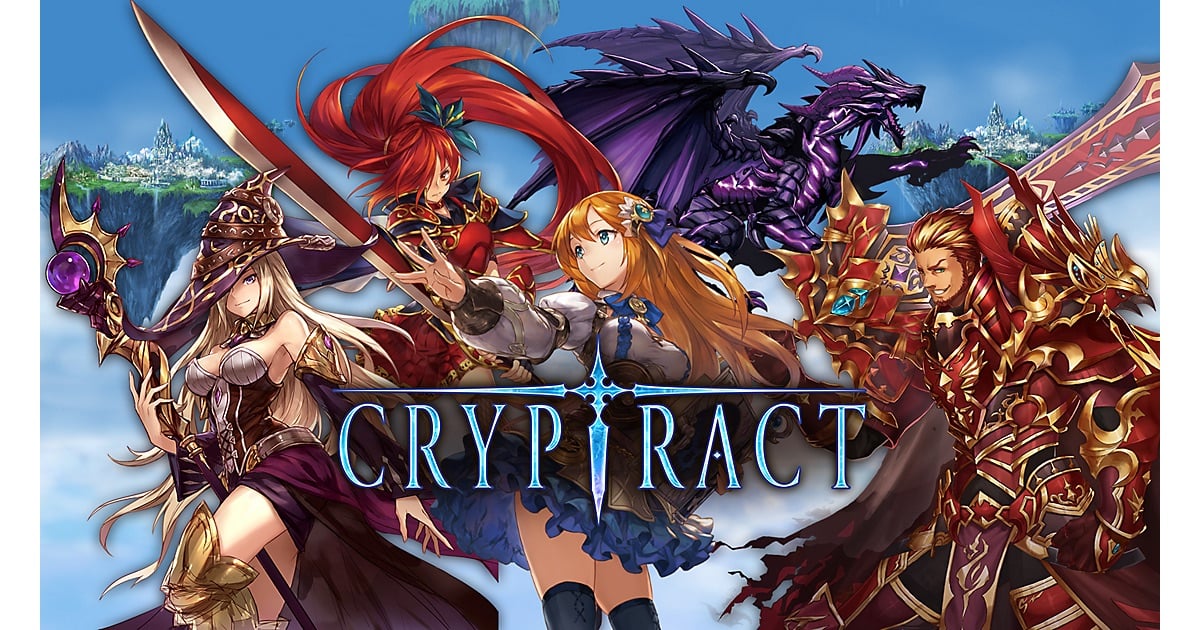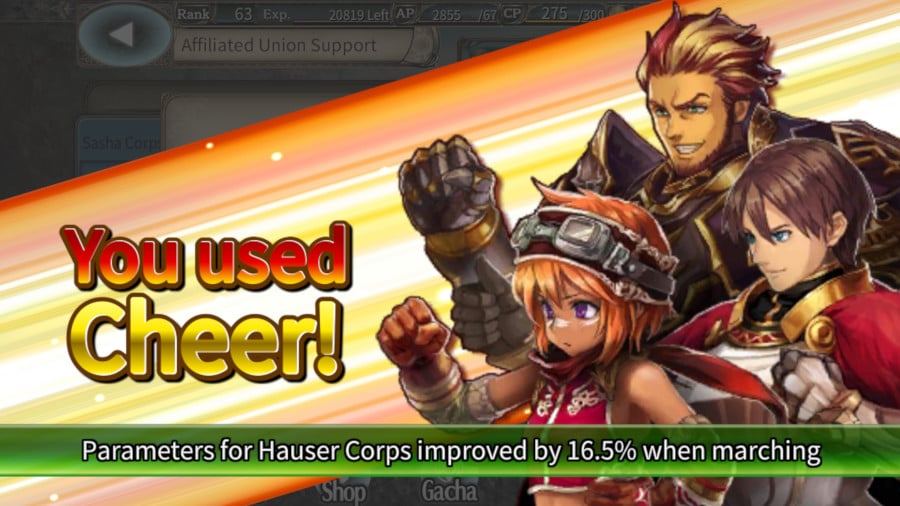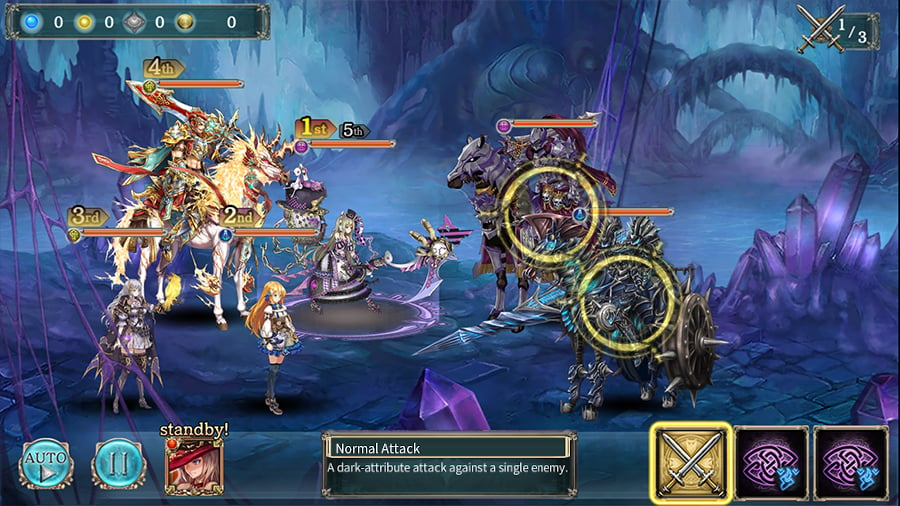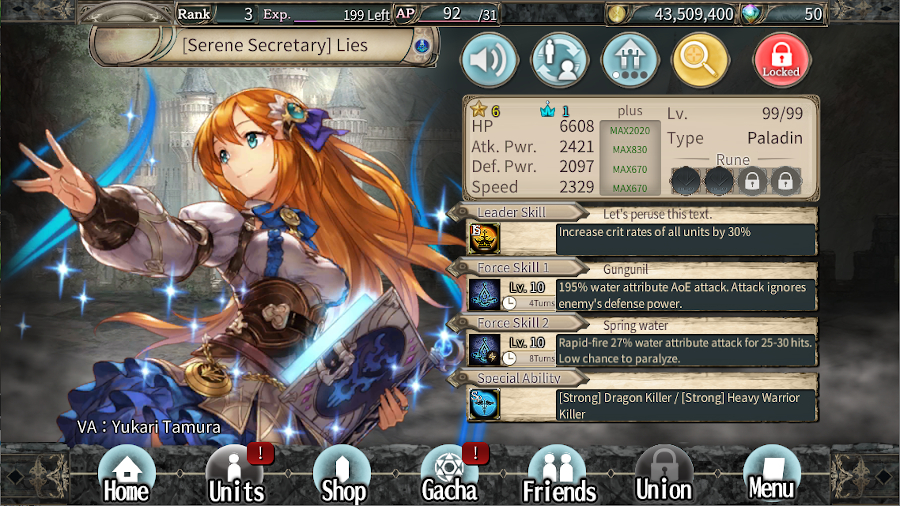- Wondering how to get Monopoly GO! free rolls? Well, you’ve come to the right place. In this guide, we provide you with a bunch of tips and tricks to get some free rolls for the hit new mobile game. We’ll …
Best Roblox Horror Games to Play Right Now – Updated Weekly
By Adele Wilson
Our Best Roblox Horror Games guide features the scariest and most creative experiences to play right now on the platform!The BEST Roblox Games of The Week – Games You Need To Play!
By Sho Roberts
Our feature shares our pick for the Best Roblox Games of the week! With our feature, we guarantee you'll find something new to play!Type Soul Clan Rarity Guide – All Legendary And Common Clans Listed!
By Nathan Ball
Wondering what your odds of rolling a particular Clan are? Wonder no more, with my handy Type Soul Clan Rarity guide.
Cryptract Guide: How to Get Started with Units, Summoning, and Quests
If you’ve played a gacha RPG before, you’ve already got the gist of Cryptract. It’s mercifully free of curveballs. If you’re a newcomer, on the other hand, this guide is for you. As you’ll soon discover, it would take a …

If you’ve played a gacha RPG before, you’ve already got the gist of Cryptract. It’s mercifully free of curveballs.
If you’re a newcomer, on the other hand, this guide is for you.
As you’ll soon discover, it would take a thousand pages to comprehensively explain the game’s arcane systems, but by the end of this article you’ll at least know where to start.
Units

Some games call them soldiers. Some games call them heroes. Cryptract calls them units – the building blocks of your army.
At their most basic, units have four main characteristics to monitor: HP, Attack Power, Defense Power, and Speed. These go some way to determining how powerful a unit will be in battle.
Their type, meanwhile, determines the role they’ll play – or should play, if you’re using them properly. Cryptract contains thieves, knights, lancers, paladins, monks, and other character types besides, all with their own strengths and weaknesses.
Next up there’s attributes. Each unit is linked with an elemental power. There are five in the game: fire, water, wood, dark, and light. Like a rock, some paper, and a pair of scissors, they interact with each other in neatly tessellating.
In a nutshell, water beats fire, fire beats wood, and wood beats fire. Light beats dark units, but gets beaten by dark attacks. Likewise, dark beats light units, but gets beaten by light attacks.
Armed with this information, you need to compose parties that can take on a given quest based not just on your units’ characteristics, types, levels, and so on, but also their elemental attributes. If you send water units to kill fire enemies, you’ll stand a better chance.
Units can have as many as four skills. Two of these are force skills – powerful spells that you can deploy during battle, either to attack your enemy or heal your party – while the other two are a leader skill and a passive skill. These both apply buffs to your party when activated.
You can level up your force skills, and you can also level up your units. The best way to increase a unit’s skill level is to fuse other, lesser units with it. These sacrificial units become EXP, allowing you to level up a base unit quickly.
Eventually you’ll hit a unit’s level limit, at which point you can evolve them using evolution materials and gold.
The last characteristic to cover is star ratings. Each unit has a star rating between 1 and 6, with 6 (galaxy) being the rarest. The more stars the better.
Gacha

You can add units to your inventory in two different ways.
The simplest is by completing quests – in many cases the units you’ve defeated join your army. These units tend to be junk, however, and only fit for evolving your stronger units.
The other way is through gacha summoning, of which there are several kinds. You can summon with Kizuna points, orbs, or crystals, with Kizuna gachas netting you the commonest units and crystals netting you the rarest.
You earn Kizuna points by adding a support unit during quests, or having one of your units support another player. Orbs come to you when you complete quests, and you get both for logging in daily and that sort of thing.
It’s also possible to buy orbs with real money from your bank account.
Quests

Cryptract gives you a number of different quest types to play, including campaign quests, event quests, beast battles, union battles, arena battles, and several more.
Each quest sees you taking a party of up to four units into the battlefield for three waves of turn-based combat. Your party includes a leader, who applies a leader skill buff to the rest of the party. In addition you can add a support unit. These supplementary units are drawn from another player’s inventory, and you can’t control them directly.
In the case of campaign quests, beast battles, and event quests, completing the first three waves can open up a second stage, as long as you’ve got inventory space and the requisite items to proceed.
It costs AP to play a quest. The more difficult the quest, the more AP it costs – but tougher quests also reward you with more EXP, units, gold, and evolution materials if you manage to get through them.
Check out Cryptract for free on the App Store and Google Play by clicking here.
More articles...
Monopoly GO! Free Rolls – Links For Free Dice
By Glen Fox
Wondering how to get Monopoly GO! free rolls? Well, you’ve come to the right place. In this guide, we provide you with a bunch of tips and tricks to get some free rolls for the hit new mobile game. We’ll …Best Roblox Horror Games to Play Right Now – Updated Weekly
By Adele Wilson
Our Best Roblox Horror Games guide features the scariest and most creative experiences to play right now on the platform!The BEST Roblox Games of The Week – Games You Need To Play!
By Sho Roberts
Our feature shares our pick for the Best Roblox Games of the week! With our feature, we guarantee you'll find something new to play!Type Soul Clan Rarity Guide – All Legendary And Common Clans Listed!
By Nathan Ball
Wondering what your odds of rolling a particular Clan are? Wonder no more, with my handy Type Soul Clan Rarity guide.







